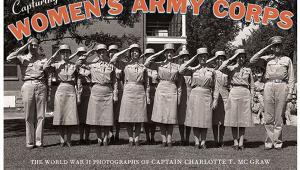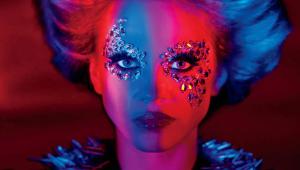Book Excerpt: Flash Techniques For Macro And Close-up Photography
Freeing The Macro Artist Within
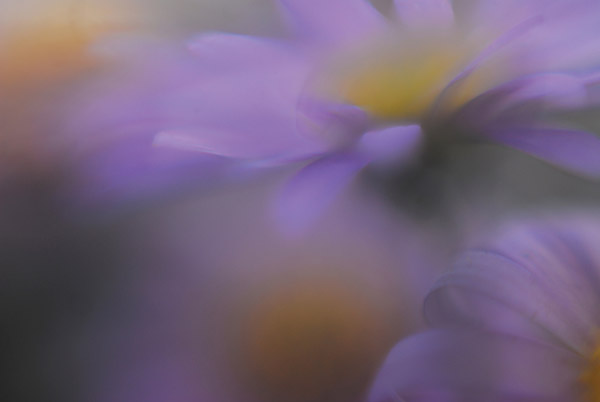
All Photos © Rod and Robin Deutschmann
A challenge of working at close distances is that the depth of field is greatly reduced. Careful composition and a meticulous setup will be required to ensure that everything you want to be in focus falls within this narrow band. This is where adding flash comes in handy. In addition to creating appealing lighting on your subject, the more light you add, the narrower the aperture you can use on your camera. But adding flash creates its own challenges. The flash unit(s) must be supported and placed precisely in order to create the desired effect and, in most cases, flash will also need to be modified to create the softer quality of lighting most photographers desire for their macro and close-up images.

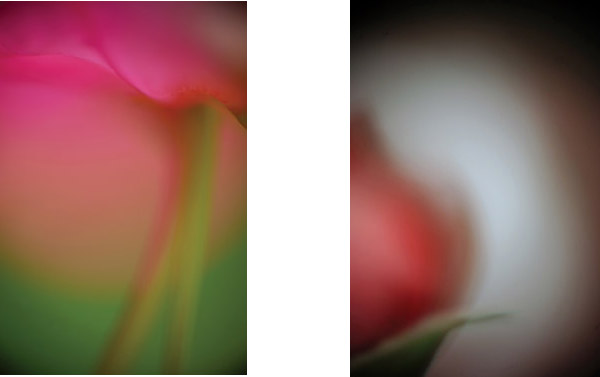
Walking you through numerous shoots, indoors and out, with step-by-step image sequences, the Deutschmanns take you through the entire process, giving readers all the tools they need to take on their own assignments and quickly achieve success with macro and close-up images.
You are playing in a world uncharted—one that doesn’t require a certain look to be deemed “correct.” Free your imagination to explore, unhindered by preconceptions. The lines, shapes, colors, and tones found in your backyard can truly only be found in your backyard—no one has shot them before and it’s okay to make them look however you like.
This is why we, as artists and instructors, love macro and close-up photography so much. You can shoot something totally crazy, make it look however you like, and people will still be fascinated by it—even though it may break every compositional, mechanical, and sociological “rule” there is. You can keep the whole thing out of focus, you can keep your subject in a shadow. You can light your background instead of your subject. You can increase the amount of grain (or digital noise) in your image. You can use chromatic and spatial aberrations—and no one cares. If the image moves them, they love it. They don’t react because they think they have to. They don’t compare it to other images (since there aren’t any). They just feel. The very rhythm of the message sings, the colors engulf, and the shapes entrance. It’s real expressionism—it’s real art.
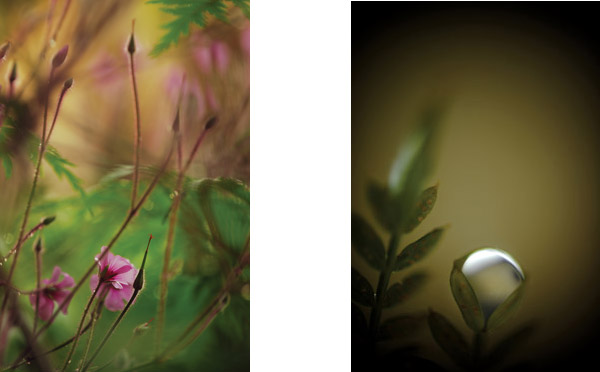
This, in and of itself, is quite novel. Too often, photographers measure the quality of their own images by how they look when compared to someone else’s—not by asking whether or not the image in question expresses how they felt. This might be an acceptable strategy for the masses, but not for an artist. What you produce should be different—not something that begs comparison to seven million other photographs. Your vision and how you present it should be a true reflection of who you are as an artist.
Now, whether or not you like what you see in your photographs is something you’re going to have to deal with. If you want to improve that look, think more carefully about what you’re doing. Have a firm idea of what you want to say before you take that picture. If it helps, remember that you are not just shooting pretty pictures of little things—you are making a statement about who you are as an artist. You are trying to share with others how something makes you feel.
Breaking The Biases
You can start exploring this fanciful and artful world by allowing some of that blur back into your photos. Many people start their odyssey through macro and close-up photography complaining about the excessive amount of blur. Then, when they learn to incorporate a flash and eliminate this blur, they never bring it back. Blur is an amazing tool; it can (and should) be used often. Sure, you can choose an aperture to dial in your depth of field, but who says it has to be deep? This is your choice, and if your image really does just need color and tones to make it sing, why not just shoot that? Why does it all have to be in focus? Who said that’s how it’s supposed to be? No one did. So don’t!
Make up your own mind. What was it that made you stop and point your camera at that flower, twig, or insect? Was it the object? Or was it the fact that it affected you in some way? Was it the colors, the lines, the shapes? Once you’ve got that figured out, adjust your in-camera options (white balance, contrast, saturation, sharpness, and hue) to match your vision. It’s now when these feelings are most powerful—not later, when you’re sitting behind a computer. Next, seriously choose that depth of field for a reason. Dial in an aperture setting that truly allows your feelings to come forth. What you may discover is that sometimes you really don’t need everything in focus. Sometimes, a blurry image actually says more than one that is in focus. Then just adjust your shutter and ISO to make your background perfect and add light with your flash (or flashes) to whatever needs it.
About The Authors
Award-winning fine art photographers, veteran newspaper editors, and acclaimed photography instructors Rod and Robin Deutschmann have been teaching people to be artists with their cameras for years. Their innovative approach and down-to-earth style have garnered them a loyal following of fans. Visit their website at: www.IFLCSanDiego.com.
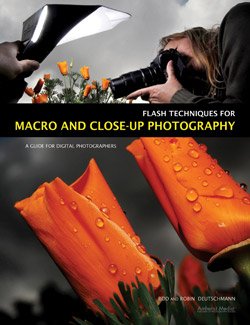
Where To Buy
Amherst Media books are available from www.amherstmedia.com, www.amazon.com, photo retail stores, and wherever books are sold.



